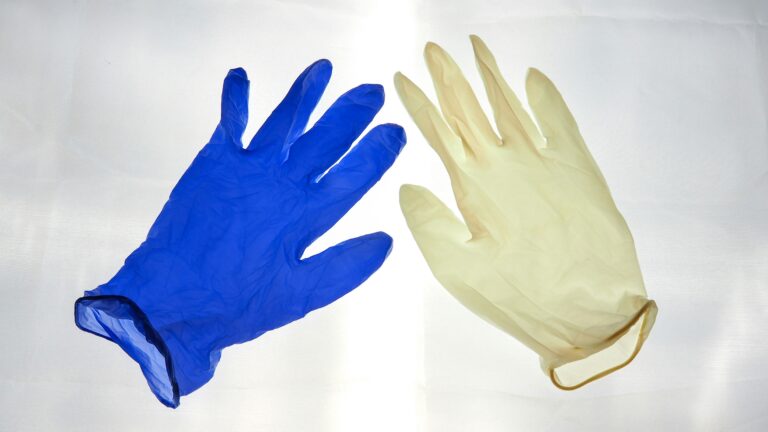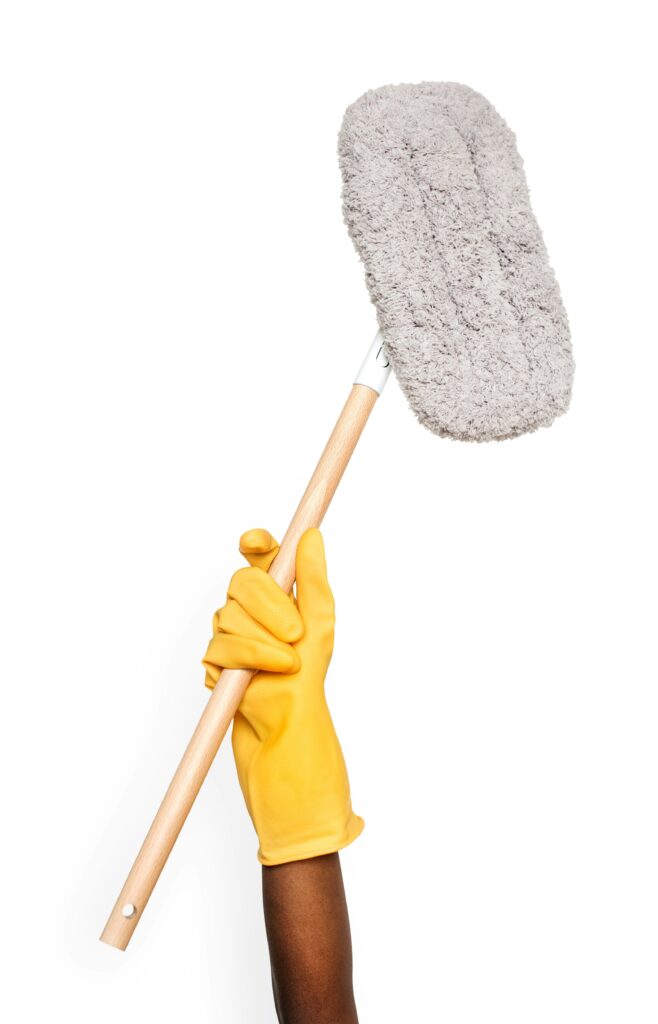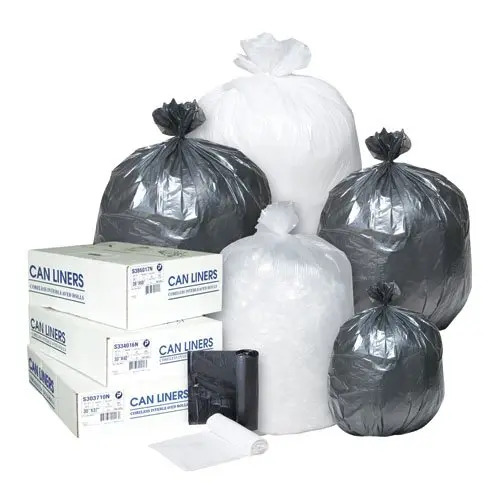A dust mop (often called a commercial dust mop or dry mop) is a wide, flat floor-care tool designed to pick up loose dust, dirt, and debris from hard surfaces—fast. Unlike wet mops, a dust mop is used dry, which makes dry mopping ideal for daily maintenance, quick turnarounds, and high-traffic areas that can’t afford wet floors.
Why Facilities Use Dust Mops
From retail to healthcare and education, nearly every facility benefits from a commercial dust mop. Dry mopping helps:
- Control dust and particulates before they become airborne.
- Reduce slip hazards by avoiding unnecessary moisture.
- Extend finish life on VCT/LVT and reduce deep-clean frequency.
- Speed up opening/closing checklists without buckets or chemicals.
Dry Mopping vs. Wet Mopping
Dry mopping with a dust mop lifts lightweight soil, lint, and grit. For sticky soils or spills, follow with wet mopping. The most efficient routine is dust mop first to capture loose debris, then wet mop only where needed. This two-step approach keeps floors cleaner, longer—and minimizes labor.
Dust Mop Materials: Microfiber vs. Cotton
Microfiber dust mop heads trap fine dust and hold onto particulates exceptionally well; they’re a favorite in healthcare, schools, offices, and any site prioritizing hygiene and speed. Cotton dust mop heads are durable, budget-friendly, and can excel on rougher or uneven floors. Many facilities stock both to match different zones and tasks.
Frames, Handles, and Sizes
A commercial dust mop typically includes a launderable or disposable head, a frame, and a handle. Common widths range from 18" for tight aisles to 24", 36", and 48"+ for corridors and gyms. Choose the largest width your staff can maneuver safely to maximize coverage per pass.
Choosing the Right Dust Mop for Your Facility
Match your dust mop to your floors and workflows:
- Flooring: Microfiber is excellent for smooth tile, sealed concrete, LVT/VCT; cotton can suit textured or unfinished surfaces.
- Foot Traffic: Larger heads (36–60") cover big corridors and open areas quickly.
- Hygiene Standards: Choose microfiber for superior dust capture in clinics, labs, and food-service corridors.
- Maintenance Plan: Launderable heads lower waste; disposable pads are convenient for contamination control.
How to Use a Dust Mop (Pro Technique)
- Prep: Start with a clean, dry dust mop head and an unobstructed path.
- Pattern: Work in straight lines with overlapping passes; avoid flicking the mop to prevent launching dust.
- Edges First: Run along baseboards and under fixtures, then clear the center lanes.
- Collect: After each section, gently lift and shake debris into a lobby pan—don’t snap the frame.
- Finish: Swap out heavily soiled heads to maintain the dust-trapping effect.
Care & Laundering Tips
- Shake out or vacuum heads after each shift to extend life.
- Launder microfiber and cotton according to manufacturer guidelines; avoid fabric softeners that reduce dust pickup.
- Rotate multiple mop heads per area to keep a clean head in circulation at all times.
- Store clean, fully dry heads in a closed cabinet to prevent recontamination.
Safety & Compliance
Because a commercial dust mop leaves floors dry, it lowers slip-and-fall risk during open hours and around guests. For sensitive floors (e.g., wood studios), dry mopping is often the default to avoid moisture damage. Always post signage where appropriate and follow site SOPs.
Quick Buying Guide (Innov8 Supply)
- Good: Cotton dust mop head + 24" frame & handle for small spaces and routine dust pickup.
- Better: Microfiber commercial dust mop set (36") for corridors and classrooms; launderable for lower TCO.
- Best: High-density microfiber system (48–60") for large facilities; add spare heads for continuous dry mopping.
Tip: Stock a mix of sizes so staff can switch heads for aisles, entries, and open areas without losing efficiency.
Recommended Pairings
- Lobby pan & broom for quick debris capture between passes.
- Microfiber wet mop or autoscrubber for periodic deep cleans after dry mopping.
- Neutral floor cleaner and finish-safe pads to preserve coatings.
Final Word
A well-matched dust mop program can cut labor, improve air quality, and protect floor finishes. Whether you choose microfiber or cotton, the right commercial dust mop plus proper technique is the simplest way to keep hard floors guest-ready all day.
Need Help Choosing?
Innov8 Supply can kit your team with the ideal dust mop sizes, frames, and launderable heads—plus the janitorial supplies to match your floors and traffic. Request a custom quote today.



